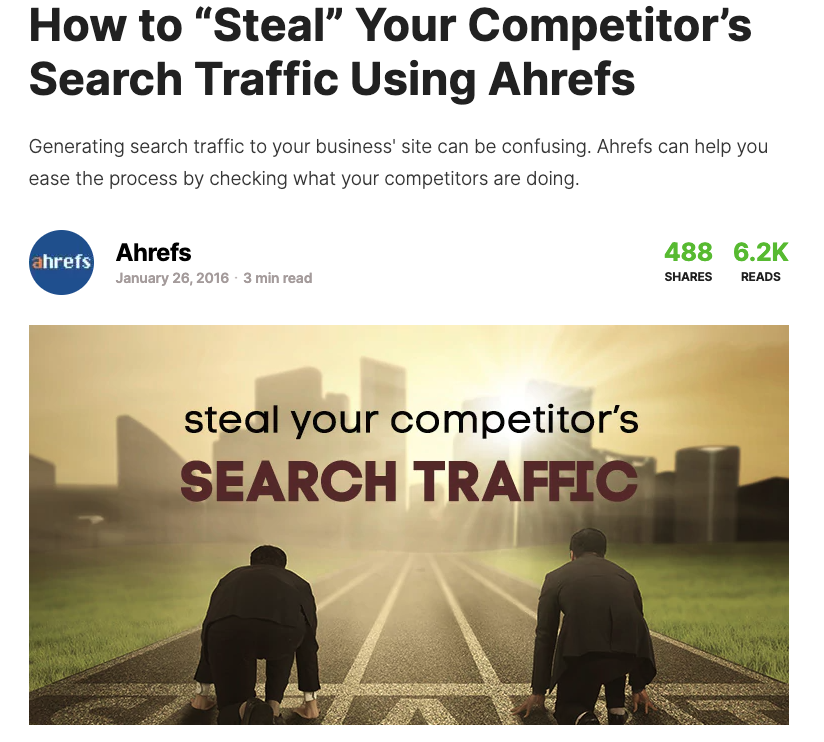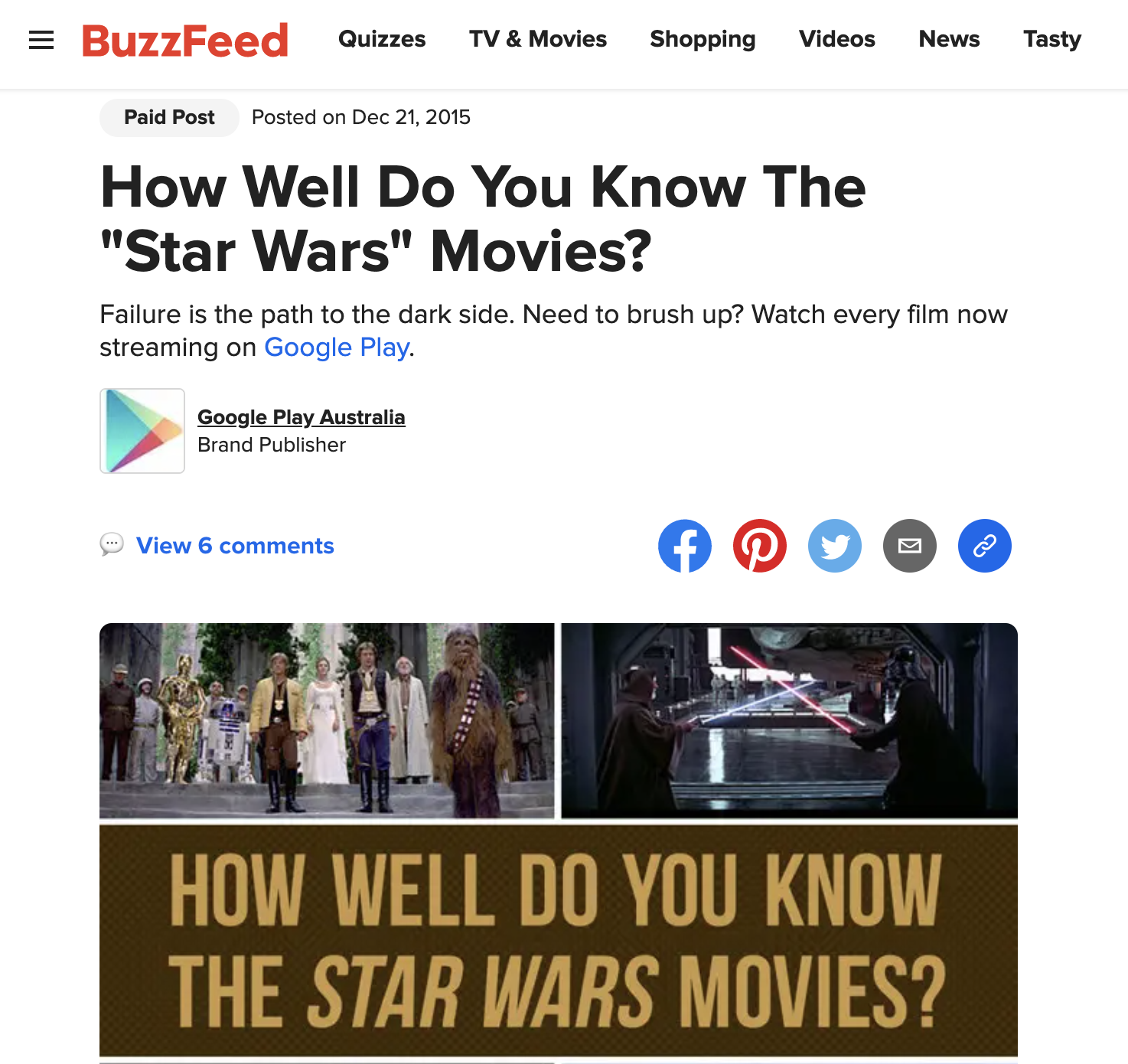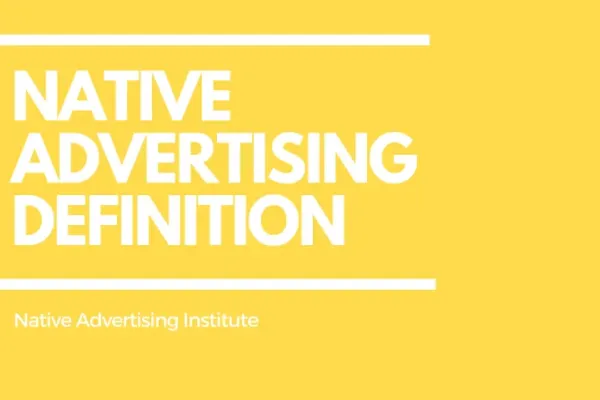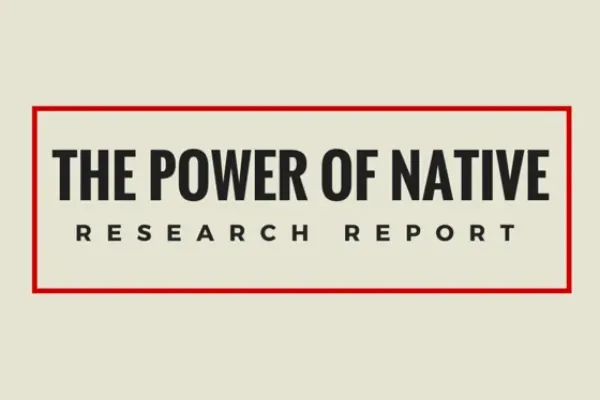You are probably accustomed to the word 'advertorial' by now. There are many great examples of articles, both online and in newspapers and magazines, that you could have mistaken for editorial content.
Until you saw the word 'advertorial' written in small letters at the top (or now more commonly signalled by the words “paid post”).
Advertorials have long been making a splash in the marketing world and if they’re not part of your marketing tool kit, it’s time they were. They can generate leads, drive sales, build brands and improve your ROI.
But what is an advertorial? Why is the concept successful and how do you create an advertorial yourself? In this ultimate guide to advertorials, we give you all the answers.
Related: How to Spot Native Advertising? 8 Ways to Tell
Table of Contents
- What is an advertorial?
- The distinction between an advertorial and native advertising
- Why use an advertorial?
- The power of online advertorials
- How to create effective advertorials
What is an advertorial?
An advertorial, short for "advertisement" and "editorial," is a type of advertisement designed to resemble editorial content. Unlike traditional ads that overtly promote a product or service, advertorials blend seamlessly with the surrounding editorial content, providing valuable information while subtly promoting the brand.
Advertorials aim to educate and entertain readers while subtly influencing their purchasing decisions, and in this way, advertorials are closely linked to native advertising.
These Are the Key Components of an Advertorial
Engaging Content: We know it. "Engaging content" is a term that has been thrown around perhaps a little too much lately, but when it comes to advertorials, there's no way around it. An effective advertorial must have compelling storytelling and informative content that resonates with the target audience.
Brand Integration: Advertorials should maintain their editorial integrity so you must be smart about your messaging and forget about traditional marketing buzzwords and sales pitches. One way to do this is to incorporate your brand's messaging and values into the story – not the other way around.
Call to Action (CTA): An effective advertorial should include a call to action, encouraging readers to take the desired next step, such as visiting the brand's website to get more information or even making a purchase.
Visual Elements: Incorporating images, videos, or infographics enhances the visual appeal of advertorials, making them more engaging for readers.
As demonstrated in the examples below, some of the most exceptional advertorials are distinguished by mastering copy AND visual storytelling.
READ MORE: Types of native advertising in 2024: What publishers and brands need to know
How does an advertorial work?
The strength of an advertorial is the placement of it as well as its editorial characteristics. When your advertorial looks like the rest of the media, you are able to use the connection that the media already has with its readers. In that way, you are able to reach consumers more directly with your message.
Of course, brands don't pay for an advertorial without getting something in return!
An advertorial is a native ad with a single purpose: getting specific action from the reader.
The aim, or goal, of an advertorial is what it’s always been: make the sponsors who pay for it happy to be there, make the editors happy to publish it, and make subscribers happy to read it.
The sponsors themselves can provide the content, but due to the prevalence of advertorials today, publishers commonly have their own native advertising departments create the copy for the sponsor. Brands may also get external agencies to make the advertorial.
An example of an advertorial is that of Stanford Children’s Health – a referral centre for maternal, foetal and paediatric care – published in The New York Times:
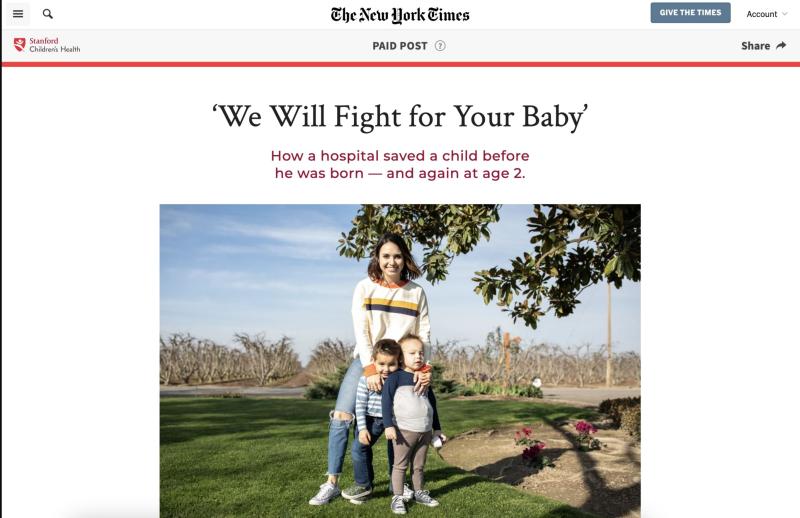
The sub-headline “How a hospital saved a child before he was born – and again at age 2” takes the form of an editorial.
But the “Paid Post” at the top centre tells the reader immediately that it is paid content. In addition, the reader can discern fairly quickly that it is an article by Stanford Children’s Health.
READ MORE: How to Spot Advertorials & Native Advertising
What is the difference between an advertorial and native advertising?
It’s worth pointing out that there is a difference between advertorials and native advertisements.
Essentially, advertorials are advertisements that take on the form of editorial content, but with a much clearer promotional tone. “Here’s a product or company, here’s why it’s awesome, these are the reasons you should use it, and here’s where you can go buy it.” The reader can clearly decipher a sales pitch.
Native ads, however, feature interesting and useful content from which readers can derive information. The advertiser is positioned as a thought leader or expert, but the piece more rarely makes a direct sales pitch.
For advertisers who want to describe their products or services – such as Stanford Children’s Health from the example above – advertorials function well. For advertisers with stories to tell that position their brands as leaders in their industry, native advertising is highly effective.
Related: The 12 Best Native Advertising Examples in 2024 [So Far]
Why use an advertorial?
There are many reasons to use an advertorial. First, the readers are much more likely to read an advertorial rather than a regular advertisement. Back in 2007, Reader's Digest did a split test to find out the difference in consumers' perception of an advertorial and an advertisement.
They created two identical texts for the test but one was presented as an advertorial and
the other as a traditional advertisement. The purpose of the ad was to sell a product called Adolph's Salt Substitute.
The test showed the following:
- The text that was written as an article – the advertorial – ended up selling 81% more products than the one written as a traditional advertisement.
- Readers were 500 times more likely to read an advertorial than a traditional advertisement.
Of course, it is important to note that the effectiveness of advertorials can depend on the quality of the content itself. If the advertorial is well-written and provides value to the reader, they are more likely to engage with it and consider the promoted product or service. But if the content is poorly-written or comes across as overly salesy, it may turn off the reader and could even harm the brand's reputation.
READ MORE: The Best Platform for Native Advertising Right Now
The power of online advertorials
Online advertorials are one of the most effective forms of digital marketing available.
Even though online advertorials are clearly marked as advertisements, they look and feel like editorials. This means they come across as unbiased, third-party articles about your products, services or causes rather than commercial endorsements.
Having a presence on sites of specific online publishers (eg The New York Times, Washington Post, Buzzfeed, Forbes) gives them clout and credibility.
The end sum is that consumers eagerly lap them up, perceiving them as being more credible and trustworthy than standard advertisements.
However, creators of online advertorials need to be aware of Google’s search engine rules and not violate its guidelines. When it comes to ranking, Google has this to say about paid or advertisement links:
“Not all paid links violate our guidelines. Buying and selling links is a normal part of the economy of the web when done for advertising purposes, and not for manipulation of search results. Specify that the links were purchased for advertising …”
This can be done by adding a rel=”sponsored” attribute to the <a> tag. This informs search engines that the link is sponsored or paid for.
It should also be noted that advertisers must behave as an advertiser. It must be obvious to users that the advertorial or link is paid for. The identification should be easily understandable and clearly visible.
Recommended: 8 Essential Visual Techniques for Native Advertising
How to write effective advertorials
We've identified 6 key steps to creating a high-converting advertorial. They look like this:
- Understand how the reader talks about your topic.
- Define the angle of your advertorial.
- Create value.
- Find a happy medium between informational and promotional content.
- Mimic the publisher’s tone of voice.
- Present a clear CTA to the reader in the advertorial.
1. Understand how the reader talks about your topic
Find out what your target customers think about your product or company by searching forums and reviews. Note top-rated posts, topics within them, commonly used jargon and stories people tell.
Find out the challenges or needs the readers have and how you can help them through great content, which is also associated with what you sell. If you don't do this, you will be indifferent to the reader and your advertorial will fail.
Checking online reviews is also a good idea. The five-star reviews will reveal what people tend to like about products or services similar to the one you plan to write about, while the negative reviews will reveal familiar complaints that your text can address.
2. Define the angle of your advertorial
Define the angle of your advertorial with a captivating headline. Make it specific and promise to solve a challenge so that it will entice the reader to learn more.
Recommended: How to write native ad headlines that boost performance
The Stanford Children’s Health advertorial cited above provides a headline with an emotive hook – how a children’s health centre saved a boy’s life.
Another heading that shows the angle clearly is Walmart’s advertorial published in The New York Times:

An advertorial is also about good storytelling so needs a great narrative in which to fold in the promotional content. But stick to the basic format of the surrounding editorial content or you risk losing the reader’s trust and interest.
3. Create value
The content of your advertorial needs to provide real value to the reader. Put yourself in their shoes and ask: "What challenges or needs do the readers have and how can we help them with these challenges through great content, which is also associated with what we sell." If you don't do this, your advertorial will be of little interest to the reader.
4. Find a happy medium between information and promotional content
If your advertorial immediately makes the reader think they are reading an ad rather than an article, it will be dead on arrival.
As a general rule, an advertorial should be more informative than salesy. CXL recommends a rough split of about 70% informative content and 30% advertisement. However, if the goal of the advertorial is awareness the balance will shift more toward informative content and if the goal is leads and sales, it will be more promotional in content.
For example, Ahrefs’ advertorial How to “Steal” Your Competitor’s Search Traffic Using Ahrefs, published on Search Engine Journal’s website, weaves product references into informational content.
As you can see from the screenshot, this advertorial was shared nearly 500 times, a good indication that it struck the right balance between educating readers and hawking Ahrefs tools.
5. Mimic the publisher’s tone of voice.
It’s important to match the style and tone of the publication where your advertorial is placed. Advertorials are all about buying access to a universe that a group of people has already chosen to be a part of. If you break the editorial format, you lose the readers' trust and interest. And you will be right back to interruption marketing, as it is no longer "native" – understood as an integrated part of the original universe.
If you’re placing an advertorial on Buzzfeed, for example, you should try to match its funny and relatable tone. Here’s an example of Google Play Australia’s advertorial published on Buzzfeed’s website:
6. Go get the reader with a CTA
When you are creating an advertorial you want to enhance or change a behaviour or action of the reader. There must be some 'call to action' (CTA) in the content or at least a clear relevance to the brand and the story you are working with.
Without a clear strategy, it is just content – and no business. On the other hand, there can be a lot of business waiting for you if you get the readers into your own content universe where you can then process them for free.
The CTA could be subscribing to an email newsletter, visiting a store, buying a product, donating to a cause or downloading a PDF.
Wrapping up
Advertorials aren’t new. But the fact that they’ve been around for so long is a testament to just how effective they can be. If you do it right.
Remember that the success of an advertorial relies heavily on the quality of the content. It needs to appeal to a reader by showing its relevance to their interests and then it needs to deliver something of value. It should match the look and feel of what surrounds it and it should clearly direct leaders to where you want them to go.
 By
By 